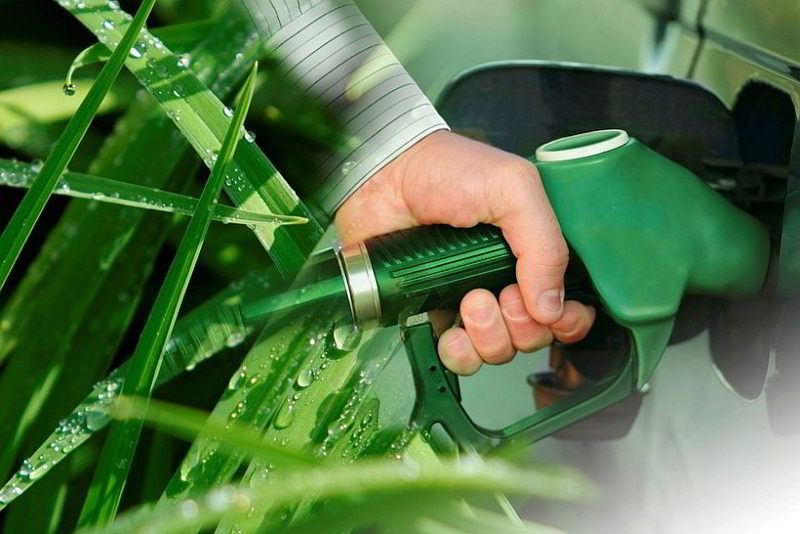

Biodiesel is gaining increasing popularity as an alternative energy source. The reason for this is the reduction of greenhouse gas emissions and the gradual independence from fossil fuels with its emergence. Unlike traditional diesel fuel, which is derived from petroleum, biodiesel is produced from vegetable oils, animal fats, or used cooking oils. This type of fuel can be used in its pure form or blended with petroleum diesel in various proportions.
Production of Biodiesel
The production of biodiesel involves a process called transesterification – a chemical reaction between vegetable oils or animal fats and an alcohol (usually methanol) in the presence of a catalyst. This reaction produces biodiesel and glycerin, a by-product that also has commercial value.
Key Stages of Production:
1. Feedstock Collection and Preparation:
The feedstock, as mentioned above, is cleaned to remove impurities that could negatively affect the quality of the fuel.
2. Transesterification:
During this process, the feedstock is mixed with alcohol and a catalyst. The catalyst (usually sodium or potassium hydroxide) facilitates the breakdown of triglyceride molecules, which form vegetable oils and fats, into biodiesel and glycerin.
3. Purification and Separation:
The resulting mixture is separated into biodiesel and glycerin. The biodiesel is then purified to remove residual catalyst, alcohol, and other impurities, making it ready for use.
4. Quality Control:
The biodiesel undergoes quality control to ensure it meets international standards.
Use of Biodiesel
As mentioned, biodiesel can be used in its pure form or blended with petroleum diesel in certain proportions. However, petroleum diesel will prevail in any of them. The most common blends are B5 (5% biodiesel and 95% petroleum diesel) and B20 (20% biodiesel and 80% petroleum diesel). These blends can be used in most modern diesel engines without the need of modification.
The use of biodiesel has a number of advantages. The main ones are:
- Reduction in Emissions:
Biodiesel significantly lowers emissions of carbon dioxide, sulfur dioxide, and other harmful substances compared to traditional diesel fuel.
- Renewability:
Biodiesel is made from renewable resources such as vegetable oils and animal fats.
- Biodegradability:
Biodiesel is biodegradable and non-toxic, making it safer for the environment.
- Improved Lubrication Properties:
This can extend engine life.
Types of Biodiesel
There are several types of biodiesel depending on the feedstock used for its
production:
1.Vegetable Oil Biodiesel:
The most common type, produced from oils like rapeseed, soybean, sunflower, and other vegetable oils. This type of biodiesel has a high energy density and good lubricating properties.
2. Animal Fat Biodiesel:
Made from animal fat such as lard or beef tallow. This type of biodiesel has similar characteristics to biodiesel from vegetable oils, but may have a higher pour point.
3. Used Cooking Oil Biodiesel:
Produced from oils that have been used for cooking. One of the most
environmentally friendly options, as it helps to recycle waste and reduces the need for fresh feedstock.
4. Biodiesel from Algae
Produced from algae that have high fatty acid content. This type is among the most promising due to algae’s ability to grow in non-arable conditions and its high productivity.
As we can see, biodiesel is a promising source of alternative energy with significant potential. Different types of biodiesel offer wide-ranging opportunities for its use across various sectors of the economy. Although its production faces certain challenges, such as competition for feedstock with the food industry, ongoing research and technology development promise to make this fuel more affordable and efficient in the future.
